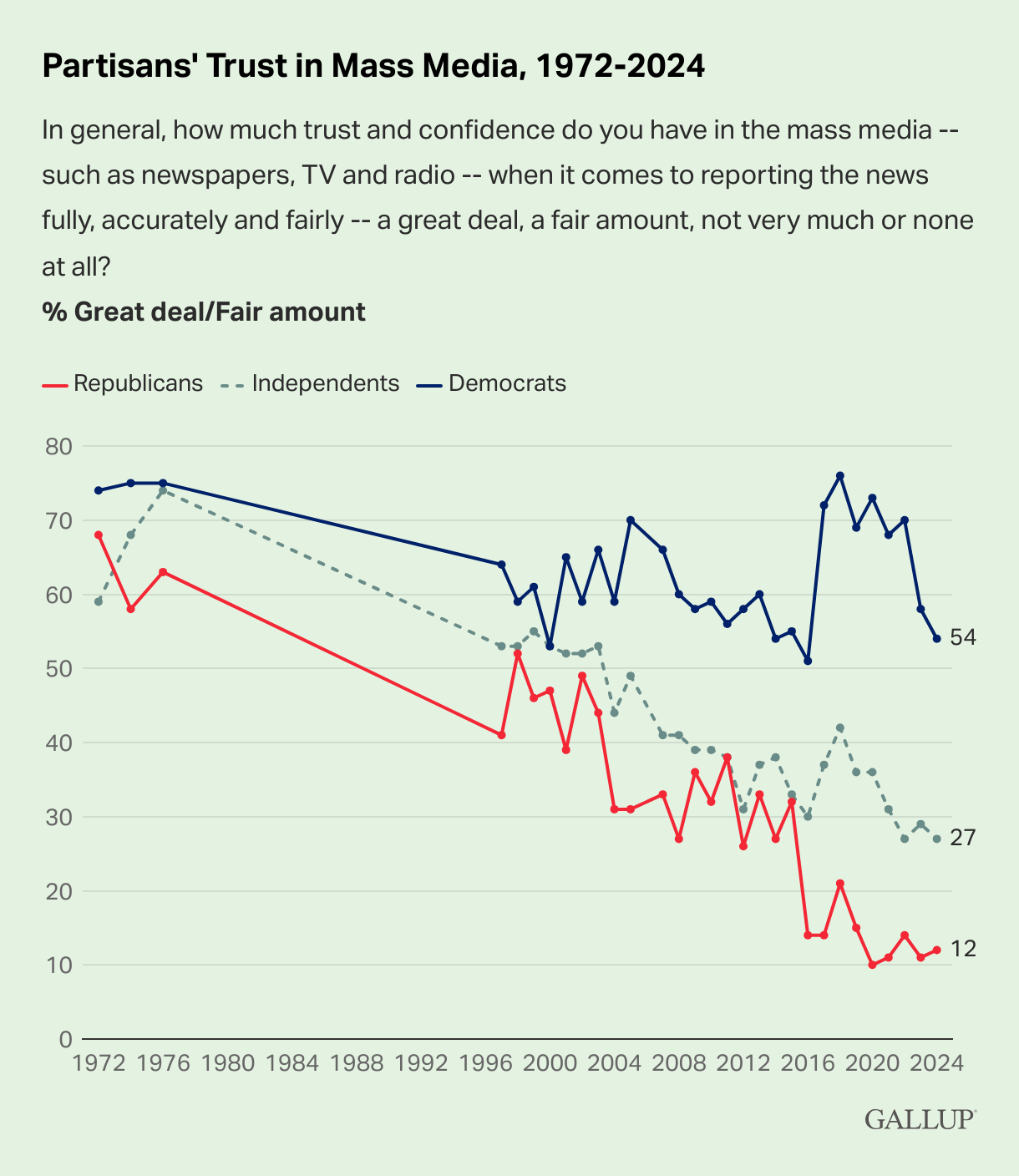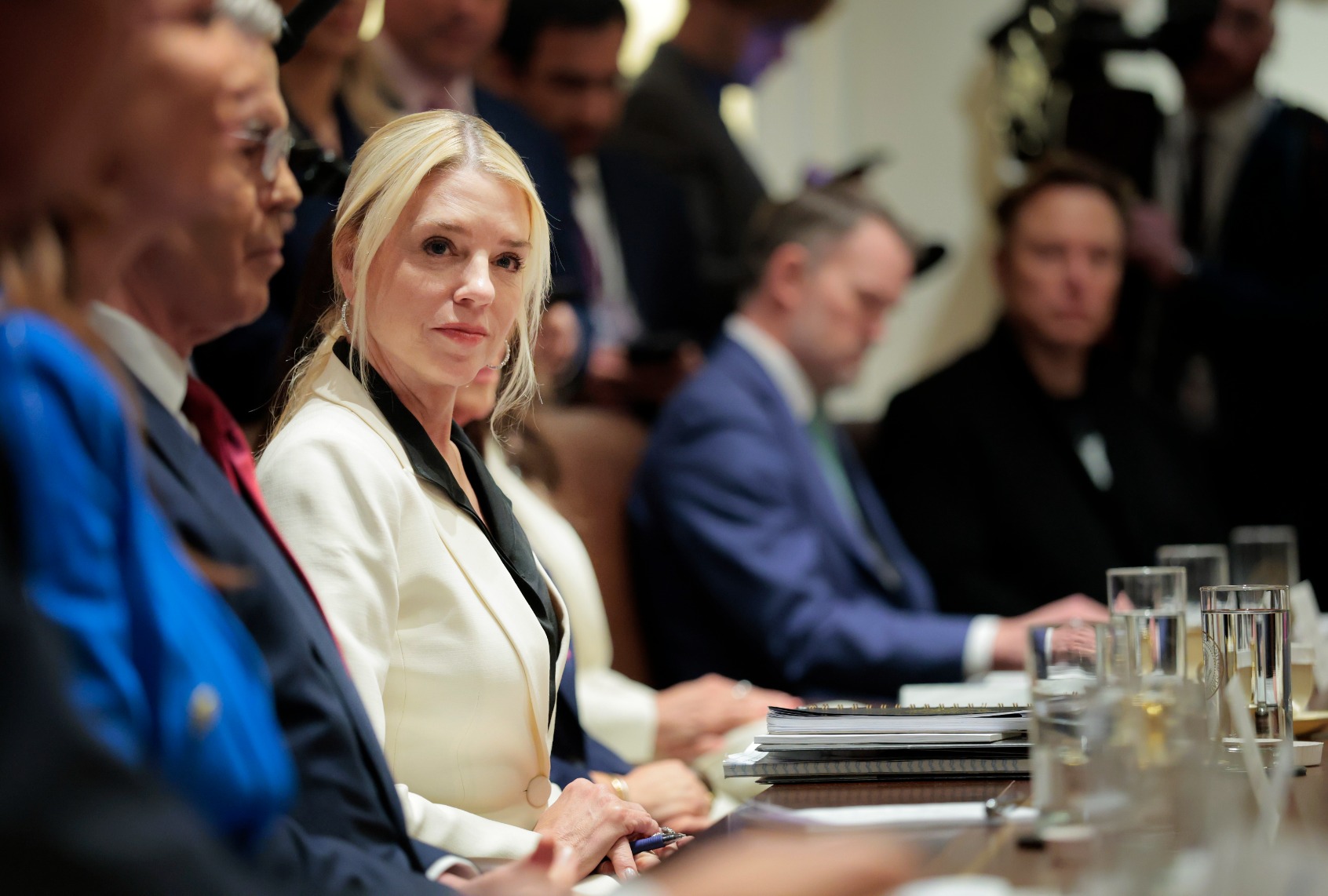The Trump administration’s unprecedented attack on the nation’s news media is proceeding on a very public, headline-grabbing level and also on a lower-key and potentially more dangerous level. The most recent public salvo came May 1, when the president signed an executive order (of questionable legality) banning funding for National Public Radio and the Public Broadcasting System. Other high-profile actions include banning the Associated Press from the White House, suing reporters for libel and demanding CBS lose its broadcast license — accompanied by Trump’s endless smears and threats on social media.
Less well known is another lower-key effort to suppress reporting by seeking to collect the phone records of reporters and trying to force their testimony in court, all in pursuit of government “leakers.” Attorney General Pam Bondi announced this new policy which replaces a Biden administration rule restricting federal agencies from intimidating reporters in this manner.
In 2021, Biden’s Department of Justice revealed that in 2017 the Trump administration had secretly obtained the phone records of reporters from both the New York Times and Washington Post. It also tried unsuccessfully to obtain the reporters’ emails. The department said no legal action was taken against the reporters.
Trump appears eager to pick up where he left off in his first term. Reporters Without Borders described Trump’s current campaign as an attack on “the credibility, independence, and sustainability of the news media.”
Despite this disturbing all-out war on the press, which goes directly against First Amendment protections of freedom of speech, most Americans do not seem to care.
Public apathy
A recent poll by the Pew Research Center found that just 36% of Americans reported hearing “a lot” about the Trump administration’s relationship with the news media. Nearly a fifth said they have heard “nothing at all” and 44% said they’ve heard only “a little” about it.
This contrasts with the public’s response eight years ago during the first Trump administration. A March 2017 report by Pew found that 72% of U.S. adults said they had heard “a lot” about the relationship between the Trump administration and the U.S. news media and most believed it was unhealthy for the country.
We need your help to stay independent
Although the public is relatively unconcerned now about Trump’s move against the press, the same recent survey showed that adults are following overall news coverage of the new Trump administration closely. The March 2025 poll found that 70% of adults are closely following news about the Trump administration— up from 66% in 2021 during the first months of the Biden administration.
The Committee to Protect Journalists warned that the Trump attack on the press is “happening rapidly, and, apparently, many Americans don’t know, haven’t heard, or are choosing to look away.” The group said one reason for the apathy is that the president and his cronies “are ‘flooding the zone’ with actions and information that can distract from the core of what is happening in the country.”
Free speech advocates are particularly concerned about Bondi’s new policy. Her directive states the new measures are needed to protect “classified, privileged and other sensitive information.” By including the vague term “sensitive information,” the new policy potentially covers a wide range of government information; it goes far beyond the federal criminal code, which focuses on protecting classified information.
Want a daily wrap-up of all the news and commentary Salon has to offer? Subscribe to our morning newsletter, Crash Course.
Bruce Brown, president of the Reporters Committee for Freedom of the Press, said that protections for journalists are important for all Americans. "Some of the most consequential reporting in U.S. history — from Watergate to warrantless wiretapping after 9/11 — was and continues to be made possible because reporters have been able to protect the identities of confidential sources and uncover and report stories that matter to people across the political spectrum,” he noted.
Trust high in 1972
The public’s trust in the news media peaked in 1972, when President Richard Nixon ran for re-election and the news of the Watergate break-in broke. At that time, a Gallup poll reported that 72% of Democrats and 68% of Republicans had a “great deal” or “some” trust in the news media.
After that, a 50-year war on the news media by conservative Republican leaders steadily wore down the public’s trust.
 (Gallup)Nixon was caught on the infamous White House tapes on numerous occasions reminding his aides that “the press is the enemy.” He considered wiretaps on reporters, tax audits and contesting TV station licenses. He dispatched Vice President Spiro Agnew, who disparaged reporters as “impudent snobs” and called TV reporters and anchors a “tiny and closed fraternity of privileged men” with “vast power” and “no checks” on “their vast power.”
(Gallup)Nixon was caught on the infamous White House tapes on numerous occasions reminding his aides that “the press is the enemy.” He considered wiretaps on reporters, tax audits and contesting TV station licenses. He dispatched Vice President Spiro Agnew, who disparaged reporters as “impudent snobs” and called TV reporters and anchors a “tiny and closed fraternity of privileged men” with “vast power” and “no checks” on “their vast power.”
In 2008, Sarah Palin, accepting the vice presidential nomination, told the Republican convention: “Here’s a little news flash for all those reporters and commentators: I’m not going to Washington to seek their good opinion.” Marco Rubio, in a 2015 Republican debate, played to the MAGA crowd by declaring “the Democrats have the ultimate ‘super PAC’; it is called the mainstream media.”
Attacks on government leakers are not just limited to Republicans; President Barack Obama prosecuted more journalistic sources for leaking than his Republican predecessor.
An earlier Democratic President, John F. Kennedy, a former journalist, spoke out for press freedom and warned that "without debate, without criticism, no Administration and no country can succeed — and no republic can survive.
Read more
about the Trump administration


